Baking Cheat Sheet — the Unspoken Rules for Eggs
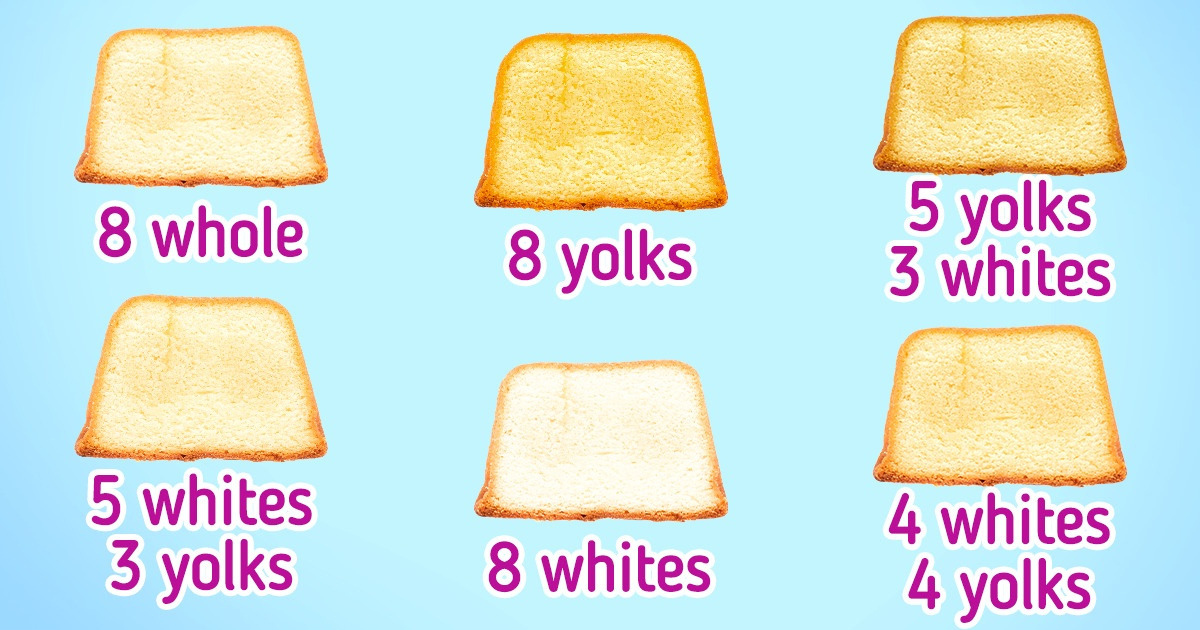
Eggs play an essential role in many baking recipes, adding color, texture, flavor, and nutritional value to the final product, creating its structure and affecting its moisture. While some recipes call for only yolks or whites, others require whole eggs. 5-Minute Crafts prepped a comprehensive guide with many tips to help you make your creations as tasty and appealing as you wish.
I. The role of egg yolks
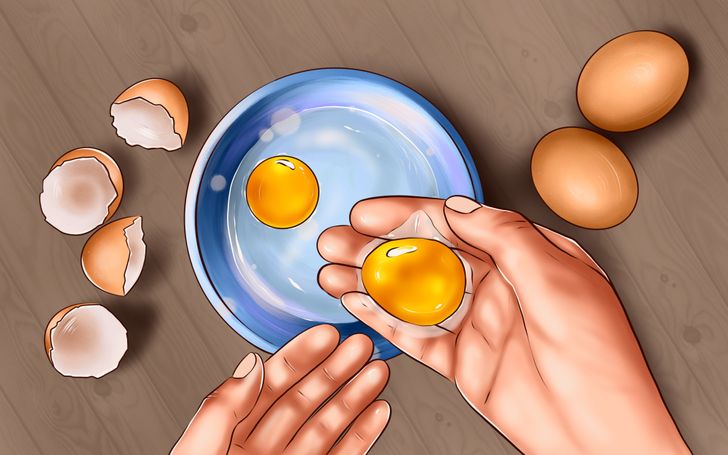
Egg yolks have tenderizing properties and the ability to bond liquids and fats, helping create an emulsion that won’t separate and allowing you to achieve creamy baked goods, like smooth batters. Adding them to your baked goods will help create a velvety and softer texture with a rich, more pronounced taste. They’re commonly used in custards, pastry creams, cakes, ice cream, creme brûlée, and curds.
II. The role of egg whites
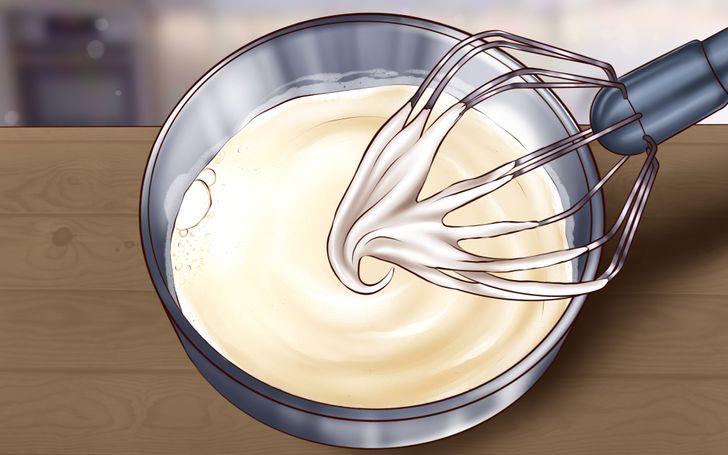
Egg whites are neutral in flavor — they don’t contribute to the taste of your baked goods. Whipping egg whites means incorporating lots of air bubbles into them, making the final product lighter and airier. They contain a lot of water and no fat, so they tend to have a drying effect on baked goods. They’re commonly used in cakes, soufflé, meringues, pavlova, chiffon cakes, macarons, marshmallows, marshmallow fluff, and frostings.
Achieving the perfect peaks.
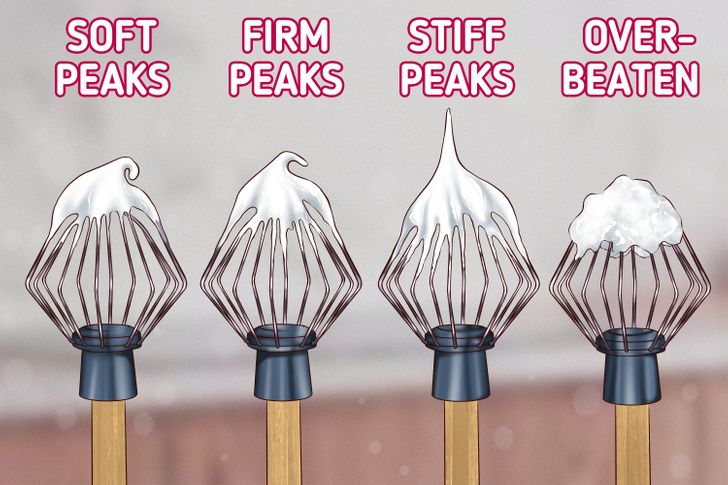
When baking with egg whites, different recipes can require various peaks, using a whisk, a hand mixer, or a standing mixer.
🧇No peaks — mix for a few minutes until the egg whites start getting a foamy and opaque texture that doesn’t hold shape and is still very liquid.
🧇Soft peaks — turn the whisk upside down to check the texture. It should just start to hold. The peaks should be soft and melt back after a second.
🧇Firm peaks — the peaks will hold onto the whisk, their ridges will be more distinct, and they won’t melt back.
🧇Stiff peaks — when you turn your whisk upside down, the peaks will point straight up and won’t break. The texture will be very creamy and thick.
🧇Over-beaten — you have overdone it! The texture will be grainy and dull, with the peaks collapsing.
Whipping just right
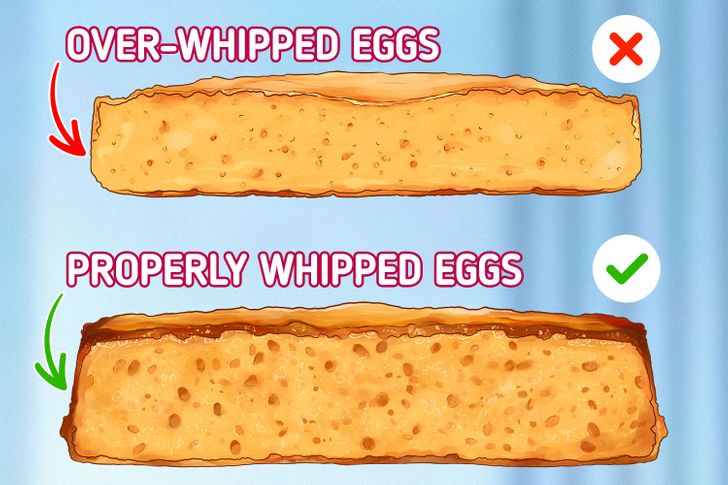
If the recipe calls for stiffly beaten egg whites, paying close attention to the process is essential. As such, ensure to not overbeat them. Or else, your egg whites will break down and deflate after adding them to the mixture, and your cake may become curdled. To prevent over-beating, add cream of tartar during the process. The ideal amount is 1/8 teaspoon of cream of tartar for 1 egg white (30 grams).
III. The role of whole eggs
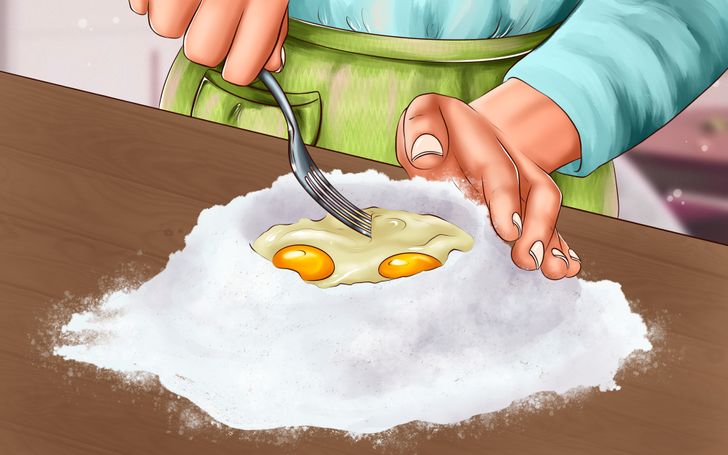
Since eggs contain proteins, fats, and water, they have several effects on baked goods:
🧇They help structure and strengthen baked goods by binding the ingredients together.
🧇They help leaven and lighten baked goods and make the texture more tender and moist.
🧇They add to the flavor and color, making them richer.
Beating in the correct amount
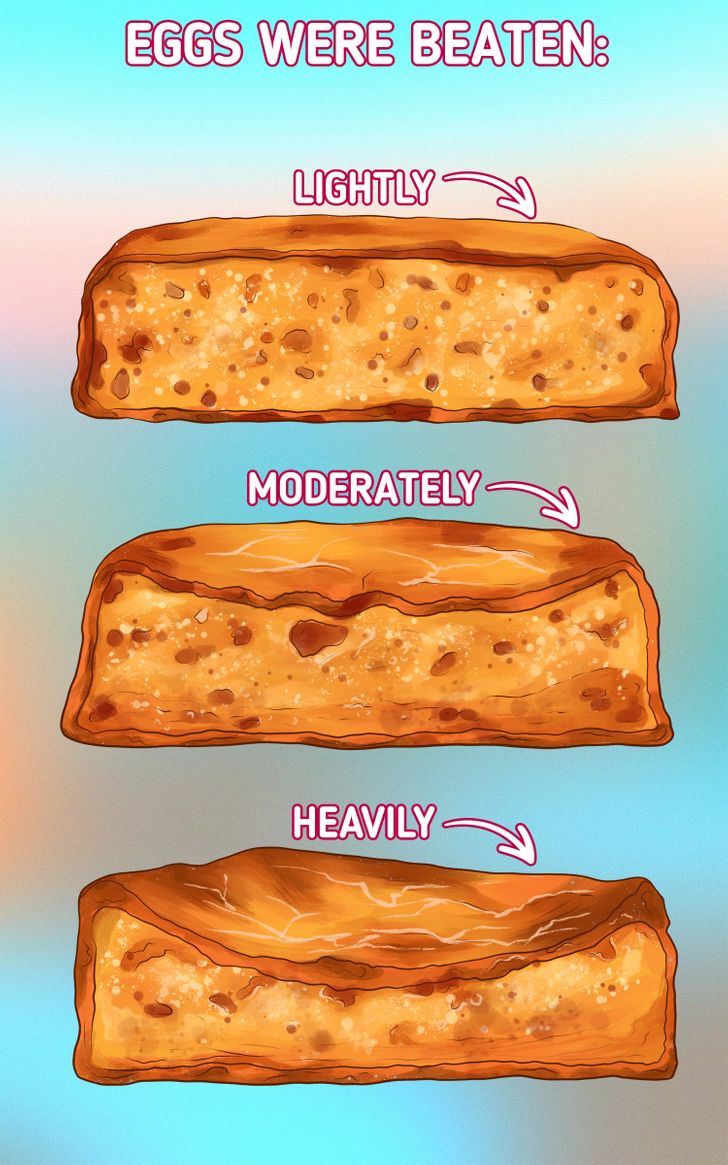
🧇Like egg whites, don’t over-beat whole eggs. If you make a sponge cake, over-beaten eggs will make the finished cake sink. If you beat the eggs into foam, the dough might not rise and may have cracks after being baked.
Finding the optimum temperature.
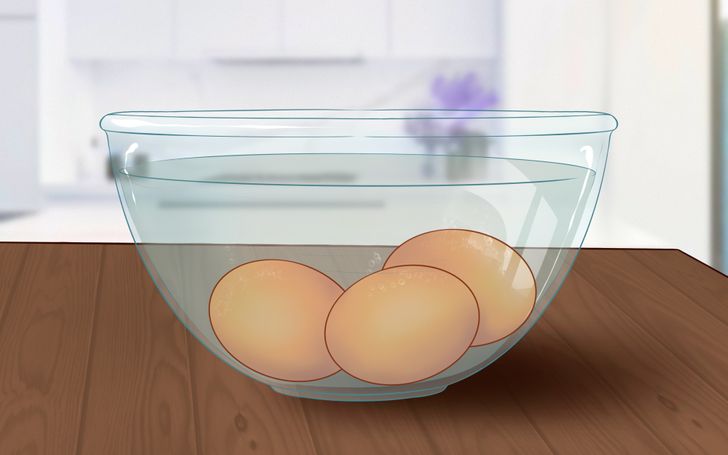
🧇It’s generally recommended that you use eggs at room temperature. Especially in recipes like pound cake, cold eggs can break the emulsion of butter and sugar. If you want to beat egg whites to create foam, do it at room temperature. To bring eggs to room temperature, submerge them in warm water for a couple of minutes.
Determining the right size.
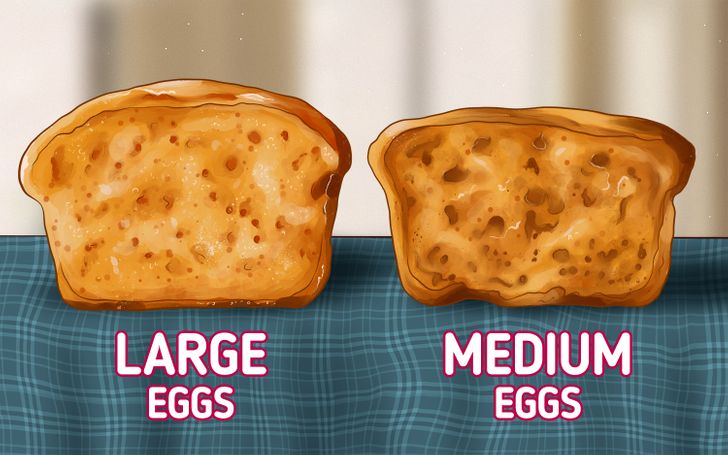
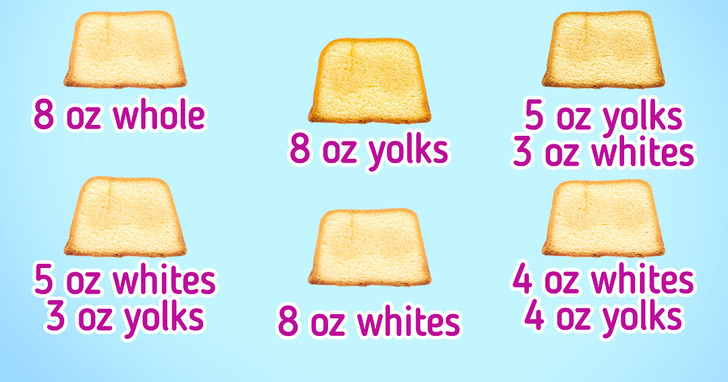
🧇 If you don’t add enough egg, your batter or dough may not hold its structure, and the final product will turn out dry and dense. Adding too much egg may result in excess liquid, and as a result, the texture will be rubbery with a robust eggy flavor. Save the link to this egg cheat sheet for your future baking endeavors.
Bonus 1: How to know if your egg is fresh
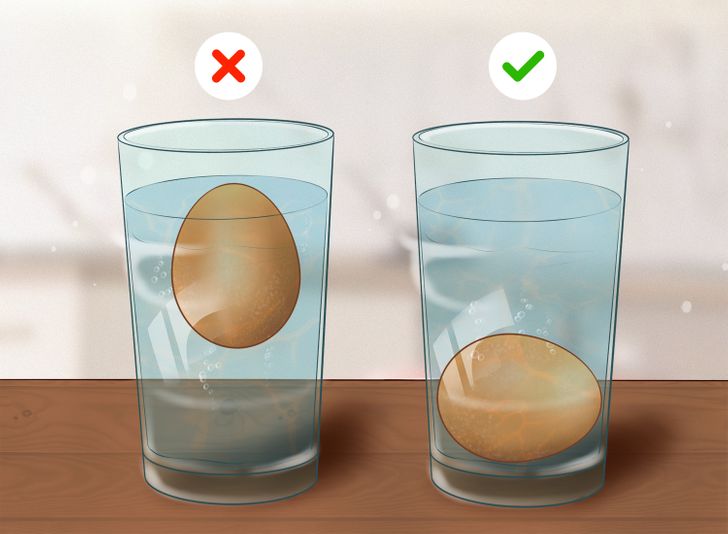
Use fresh eggs for your final product’s best texture. To find out your egg’s freshness, perform a floating test. To do so, place your egg into a pot, glass, or bowl full of water. Remember that as the egg ages, its shell gets more porous, and more air gets into it. So, if it’s not fresh, it’ll float.
Bonus 2: How to separate an egg’s yolk from its white
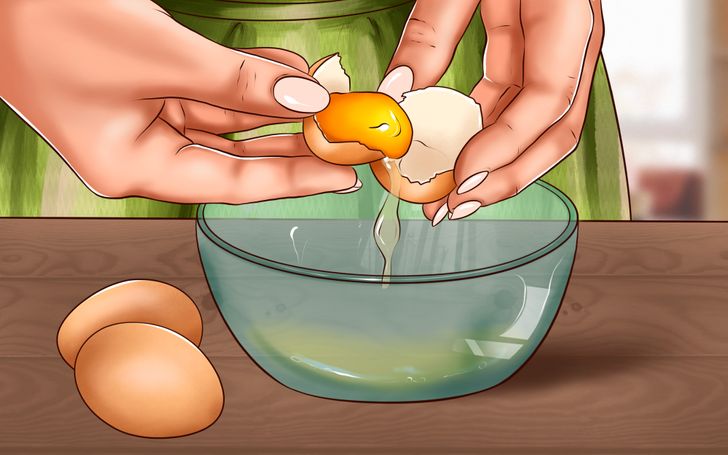
There are many ways to do it, but one of the most common is the eggshell method or the traditional method. After cracking the egg evenly on the widest part, break it into 2 even halves. Make sure to have a bowl under it. Let the white drip from the shells and into the bowl. Transfer the yolk from one shell to the other until all white part is gone. Make sure to keep the yolks in a separate bowl.
❗Yolks at room temperature break easily, so try separating the whites from the yolks when the eggs are cold.